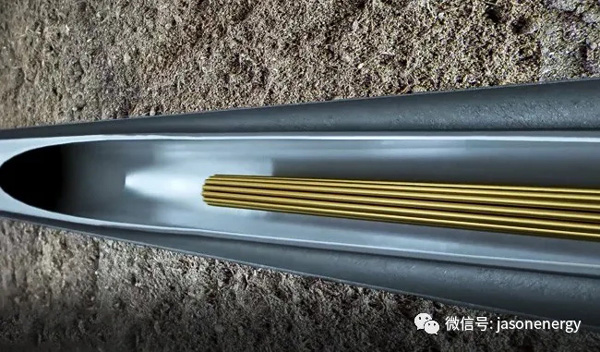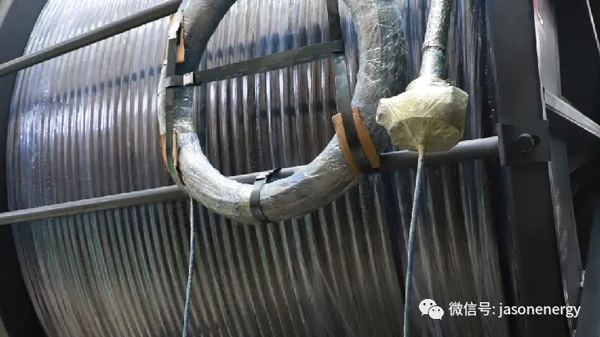With the gradual increasing of oil and gas exploration and the redevelopment and utilization of old wells, the number of horizontal wells and high deviated wells increases year by year. Meanwhile, the workload of oilfield logging, especially the demand for horizontal well logging is increasing as well.
What is logging?
Logging, also called geophysical logging or mine geophysics, is a method of measuring geophysical parameters by using geophysical properties such as electrochemical properties, conductive properties, acoustic properties, and radioactivity of rock formations. In oil drilling, well logging is required after drilling to the designed well depth, which is also known as completion electrical logging, to obtain various petroleum geological and engineering technical data, as the original data for completion and development of the oil field, called open hole logging. The second series of logging performed after the casing is run in an oil well is customarily called production logging or development logging.
01.Conventional Logging & Coiled Tubing Logging Technology
Conventional Logging
Gravity Traction
Under the gravity, the downhole instrument pulls the cable to reach the target depth of the downhole for test purpose to complete the logging task. It is suitable for testing vertical wells or inclined wells with inclination within a certain range (within 40°), and it cannot be used for horizontal well logging.
Pipe transportation method (horizontal wells logging)
The drill pipe or tubing pushes the logging tool string to the designed docking depth, and uses the drill pipe transmission tool to perform the down measurements and up measurements.
Hydraulic transportation method (horizontal well logging)
The logging tool is transported to a predetermined depth downhole by hydraulic transport to measure in the horizontal target interval. No more pipes and tools are used during the logging process to reduce the labor intensity of the operators.
Crawler method ( horizontal well logging )
The crawler is used to connect the logging instruments, and the conventional logging cable is used to go down the well. After the downhole tools encounter resistance in the high-incline section, the crawler is supplied with power through the surface system, and the crawler transports the downhole tools to the target layer, then lift the cable to logging normally.
Shortcomings of Conventional Logging Technology
· Conventional pipe and tool transport logging and hydraulic transport logging methods require matched drilling rigs or workover rigs, which are costly and instrument slow in starting. The process is complex, difficult with high risk and low efficiency.
· Crawler logging has problems such as high cost and low success rate.
Coiled Tubing Logging
With the increasing number of horizontal wells and extended reach wells and the increasing workload of production logging, there is an urgent need for a high-efficiency and low-cost logging operation technology and equipment.Coiled tubing logging is a new technology developed while the utilization of coiled tubing. It is considered to be the most economical, safe and effective horizontal well production logging technology. It achieves long-distance transportation of downhole logging tools in horizontal sections, overcomes the bottleneck of fast and effective connection of coiled tubing, logging tools, and logging cables, achieves continuous and rapid measurement of the entire well section, and greatly improves operation efficiency.
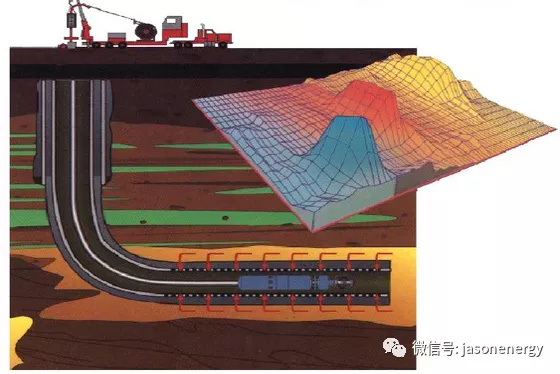
Methods of Coiled Tubing Logging
Data Saving Type Logging
Equipped with a downhole logging instrument with data saving function, the logging instrument is transported to the target test layer using coiled tubing. After the test is completed, the logging instrument is taken out, and the logging data in the memory is processed.
Shortcoming: It can’t achieve real-time data transmission and processing.
Wire Connection logging(Cable Logging)
The logging cable is injected into the coiled tubing, equipped with related tools and connectors. The lower end is connected to the logging instrument, and the upper end is connected to the surface data acquisition system. Through the coiled tubing logging machine, taking advantage of the high strength and high toughness characteristics of the coiled tubing, send downhole instruments to the target section of a horizontal well or extended reach well for testing.
It can realize real-time data transmission and processing.
Advantages of Coiled Tubing Logging
1.There is no need derricks, drilling rod or casing. easy to move and install, and can save operating costs.
2.There is no need to connect oil casing one by one, and continuous testing can be performed on the entire well section, which is convenient, quick and efficient.
3.It can accelerate the flow speed of fluid in the well during production logging.
4.No well snubbing required, allowing operation with pressure.
02.Cable & Optical Fiber Logging
Cable Logging
Use loaded probe cable as the signal transport cable to provide power and signal channels to downhole instruments for conventional logging operations.
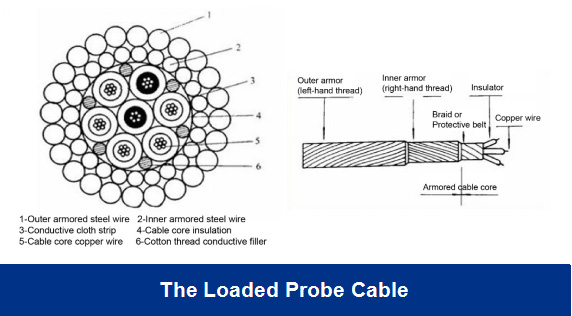
Optical Fiber Logging
Utilize optical fiber sensor instead of electrical-based sensor for logging operations, and use optical fiber composite loaded detection cable or optical fiber goes through stainless steel tube for signal transmission.
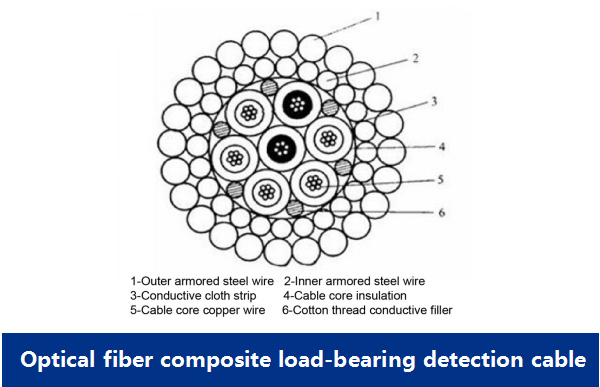
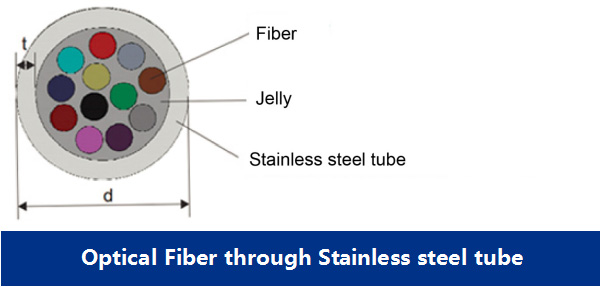
Difference between Optic-Fiber logging and traditional cable logging
The electrical-based sensors used in cable logging can not work continuously in harsh downhole environments (high temperature, high pressure, corrosion, geomagnetic and geoelectrical interference).
The optical fiber sensor can overcome these difficulties. The optical fiber sensor is not sensitive to electromagnetic interference and can withstand extreme conditions, including high temperature and high pressure, strong shock and vibration, and can measure wellbore and wellsite environmental parameters with high precision. At the same time, the optical fiber sensor has a distributed measurement capability, which can measure the spatial distribution of the measured and provide profile information. In addition, the cross-sectional area of the optical fiber sensor is small, which occupies a small volume in the wellbore.
03.Introduction of JASON Cable Injection & Optical-Fiber Injection
General Introduction
JASON uses most advanced pumping technology to perform cable injection, we are the only coiled tubing manufacturer in China who can provide conventional cable injection and Optical-Fiber injection.
Cable injection Capability
1.Wire cable and optical-fiber cable sizes:
Single core~seven cores, diameter ≤12.8mm;
2.Superfine Optical-fiber cable through stainless steel tubing;
3.Longest record of injected cable: 9,200 meters;
4.Maximum OD of coiled tubing : 3.5 inches.
